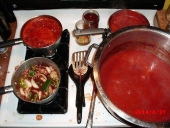
 6
6




“Praise be to you, my Lord, through our Sister, Mother Earth, who sustains and governs us, and who produces various fruit with colored flowers and herbs” St. Francis of Assisi
 5
5




You should never forget that every creature has its purpose in the cycle of nature and can also be very important to humans. Sepp Holzer's Permaculture
 5
5




 6
6




 2
2





 13
13




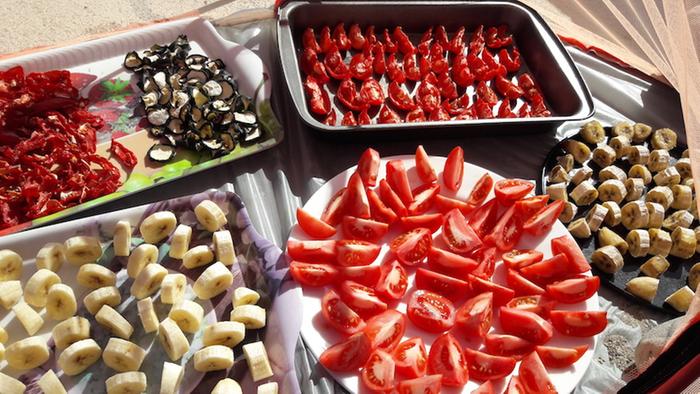
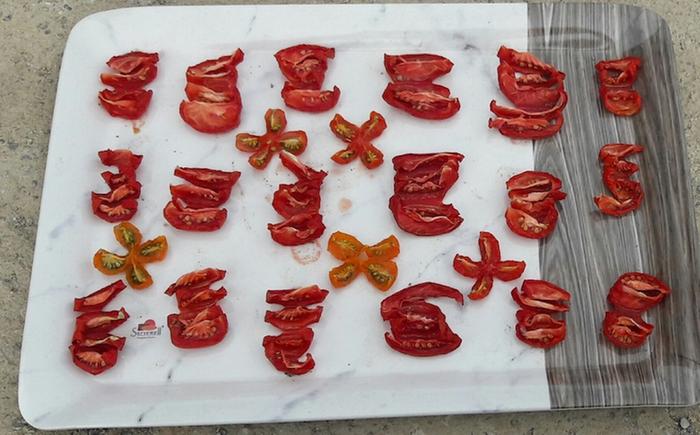
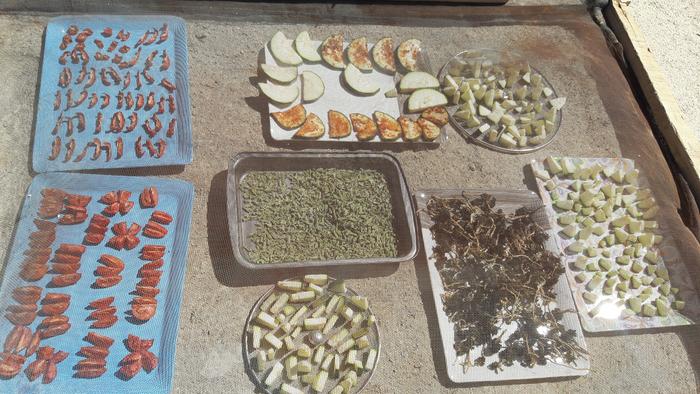
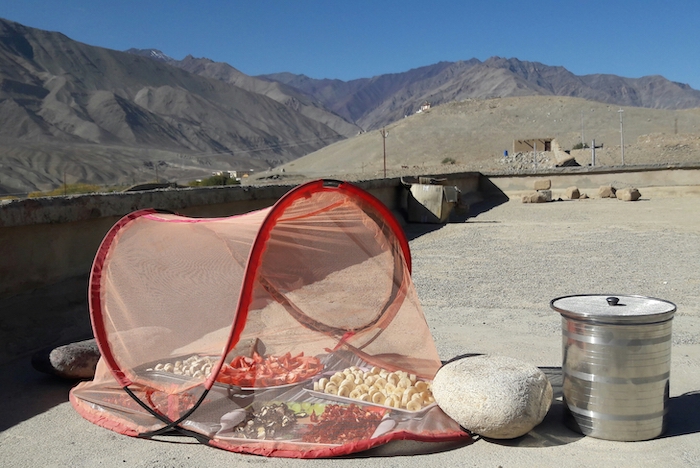
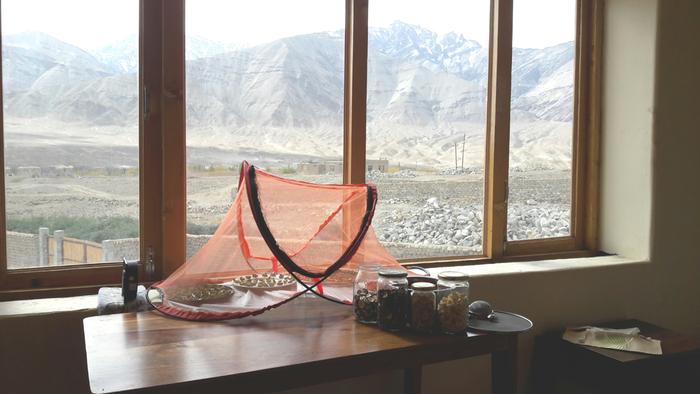
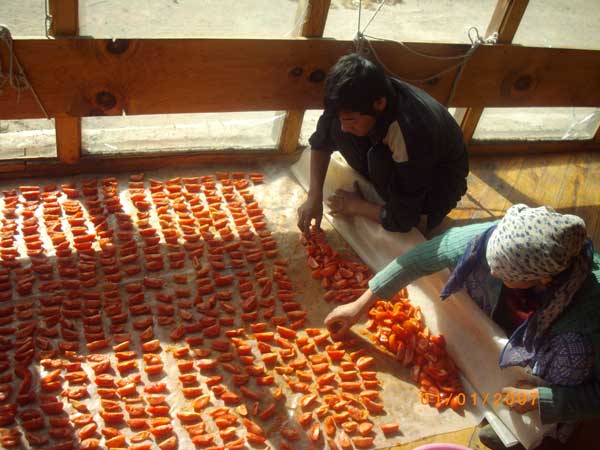
Works at a residential alternative high school in the Himalayas SECMOL.org . "Back home" is Cape Cod, E Coast USA.
 1
1




Invasive plants are Earth's way of insisting we notice her medicines. Stephen Herrod Buhner
Everyone learns what works by learning what doesn't work. Stephen Herrod Buhner
 6
6




Permies is awesome!!!
 5
5




 5
5




You have to be tough or dumb - and if you're dumb enough, you don't have to be so tough...

|
They worship nothing. They say it's because nothing lasts forever. Like this tiny ad:
Freaky Cheap Heat - 2 hour movie - HD streaming
https://permies.com/wiki/238453/Freaky-Cheap-Heat-hour-movie
|

